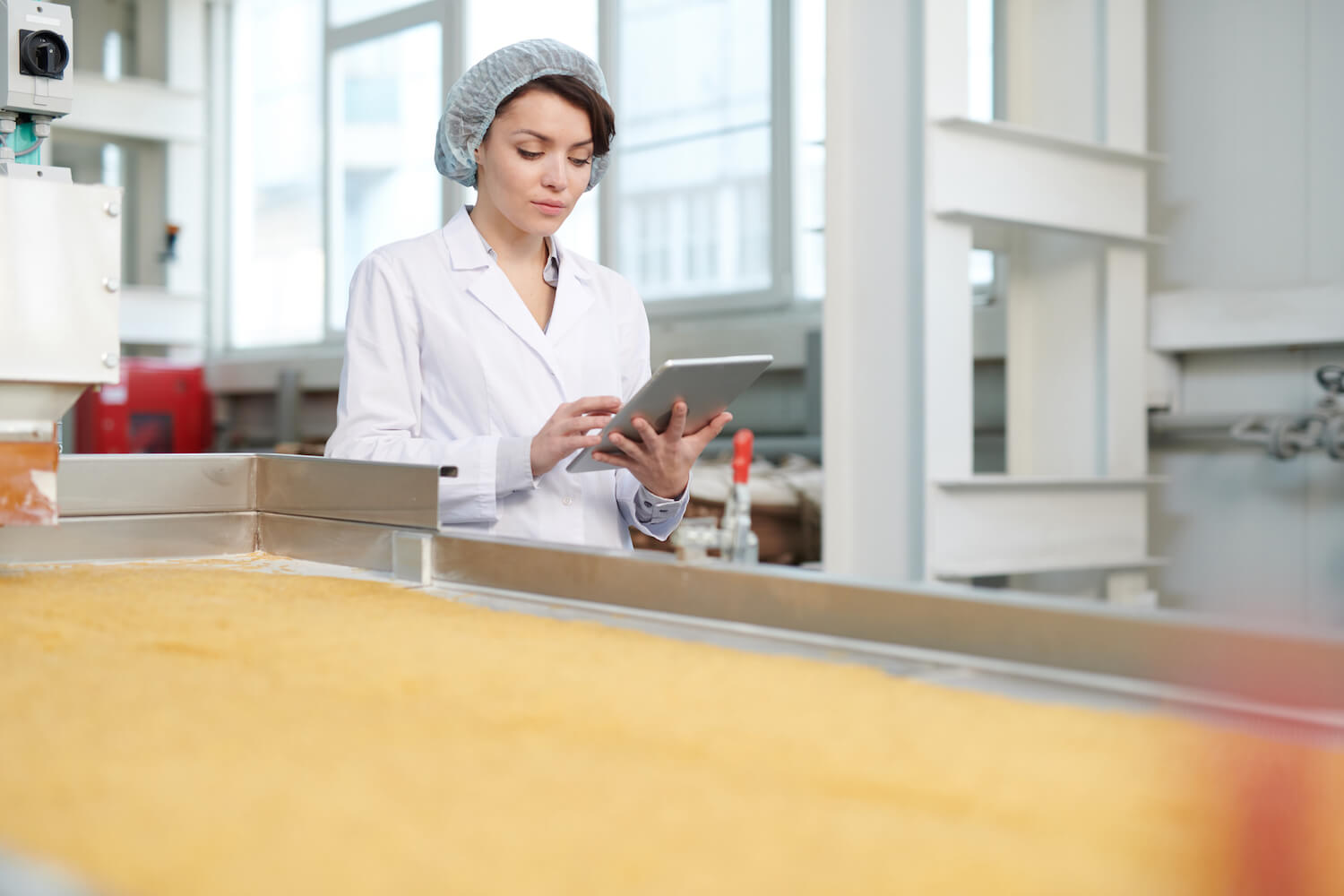In food production & manufacturing, raw materials are transformed into food products that can be consumed by people and animals. The USDA website puts it this way, “food and beverage manufacturing plants transform raw agricultural materials into products for intermediate or final consumption by applying labor, machinery, energy, and scientific knowledge.”
Looking at the definition from the USDA, the food production industry should be thought of as a diverse market where companies come together to alter natural materials for consumption. While food manufacturing certainly includes novel technologies like machine learning (ML) and advanced automation, it also refers to the most basic types of food preservation. In fact, canning and pasteurization are some of the earliest examples of food manufacturing.
Today, food processing is one of the most predominant manufacturing industries in the world. According to the Journal of Food Science Research, “there are approximately 44,000 food processors and 113,000 food warehouses in the U.S. that provide processed foods to our country, and exports throughout the world. The processors include canners, producers, wineries, and other food and beverage manufacturers and distributors.”



Leave A Comment